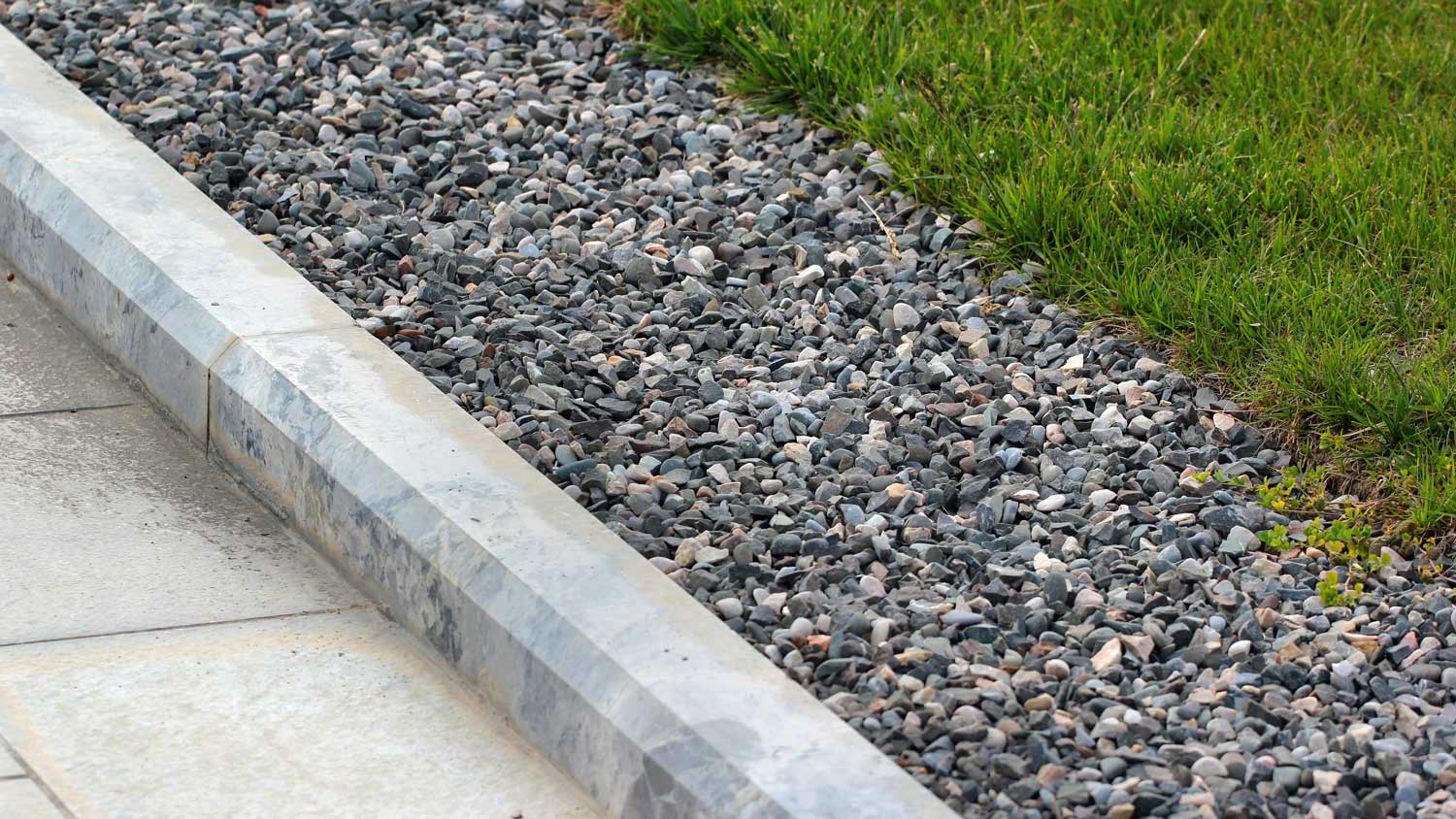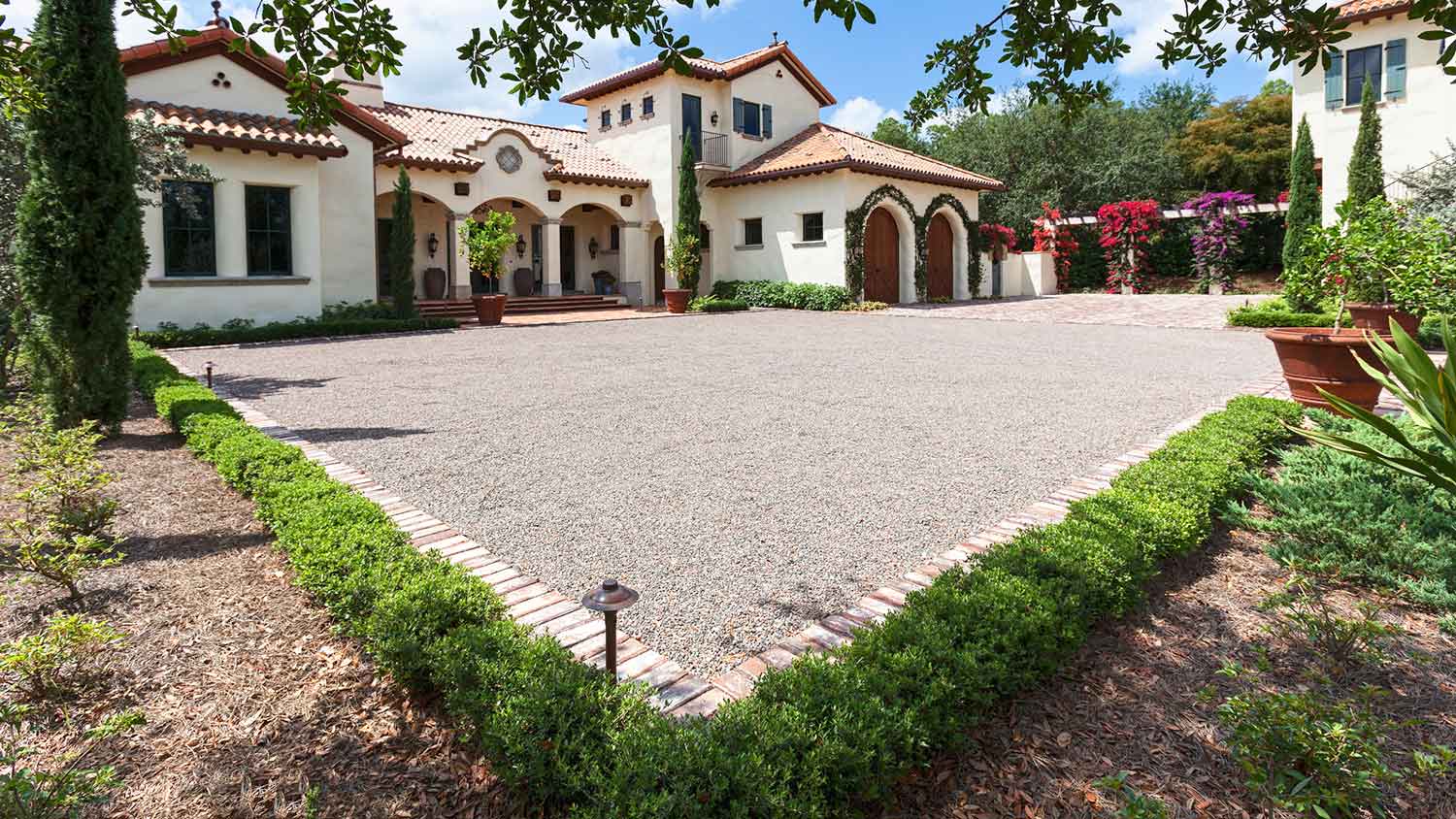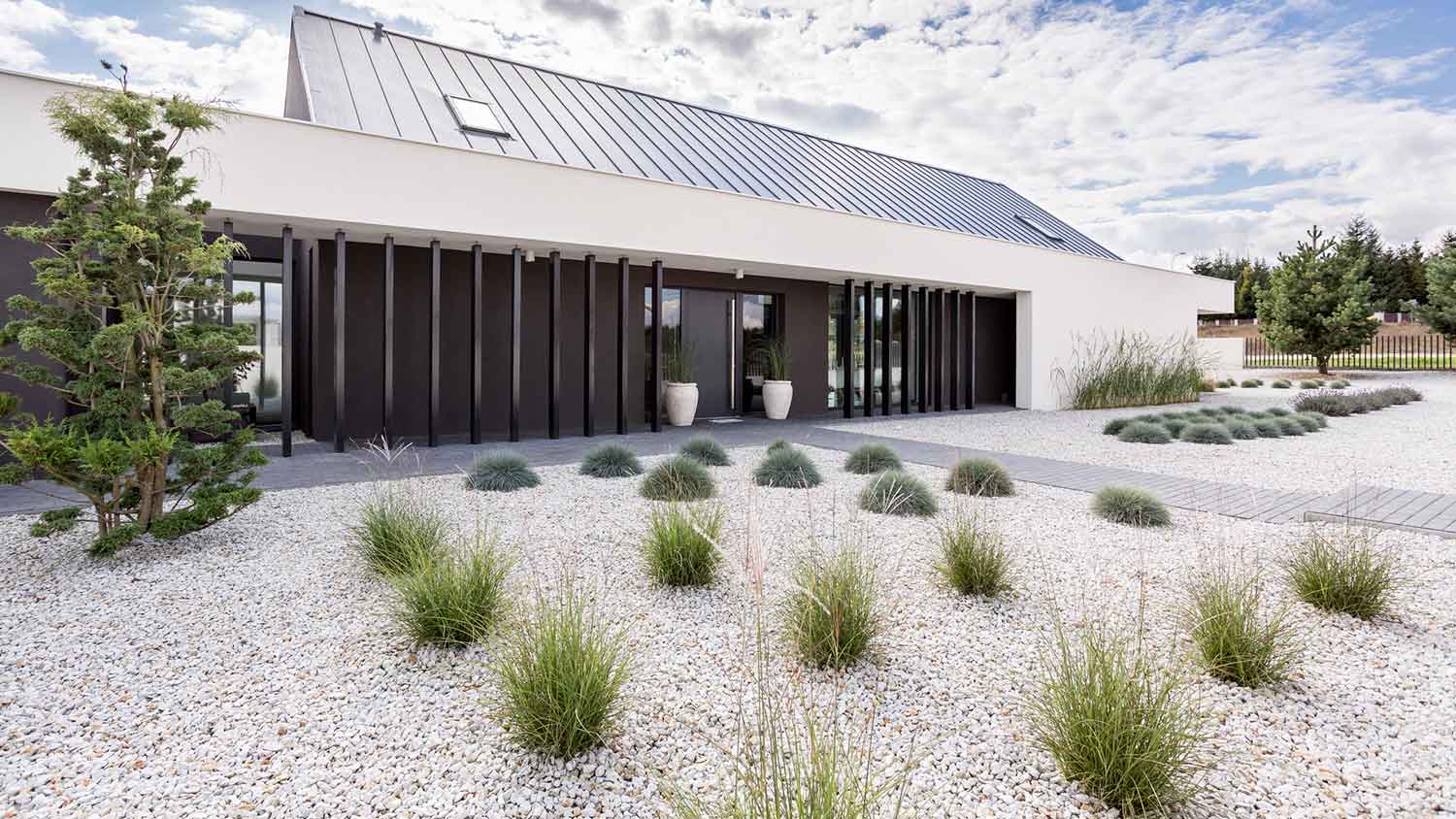
Discover the average gravel pad for shed cost, including installation, materials, and tips to save money. Get a detailed breakdown to plan your shed foundation project.
Use our formula to calculate exactly how much gravel you need to get the job done


Gravel is a common solution for landscaping projects, driveway and walkway construction, and yard drainage.
Different types of gravel have various densities.
To figure out how much gravel you need, you first need to calculate the volume of the space (surface area times the depth).
You then need to multiply this by the density of your chosen gravel.
Gravel is a common material for landscaping projects, driveways, home drainage, agriculture, and concrete aggregate, and it’s easy enough to install yourself—if you can figure out how much you need. And that’s where things can feel a little tricky. But don’t sweat it: Even if you hated high school math, you should be able to calculate how much gravel you need using our simple formula.
So much gravel do you need for your next home project? We’ll walk you through the formula below.

To calculate how much gravel you need, you’ll need to take a few measurements:
The area of the space you’re filling with gravel: For a simple rectangular space, multiply the length by width. For complex shapes, you’ll need to bust out some old geometry formulas.
The depth of the space you’re filling with gravel: This is how deep you’re installing the gravel. The recommended minimum is between 2 and 4 inches.
The density of the gravel you’re using: Different types of gravel have different densities.
These factors can are necessary to use the following formula for figuring out how much gravel you need:
Gravel Mass (Weight) Required = Area * Depth * Density
For example, let’s assume you’re filling a rectangular space that is 20 feet by 10 feet, and it’s 6 inches (0.5 feet) deep. You’re using pea gravel in this scenario, which has a density of 110 pounds per cubic foot (more on that next). Here’s how to calculate how much gravel you need:
Gravel Mass (Weight) Required = 20 ft * 10 ft * 0.5 ft *110 lbs/ft³
Gravel Mass (Weight) Required = 11,000 pounds
If you’re unsure how to calculate how much gravel you need, you can contact a gravel professional or use an online gravel calculator.
A key part of the gravel calculation is the density of the gravel. Different types of gravel have various densities. These can be expressed in a number of formats, including:
Pound per cubic foot
Pound per cubic yard
Kilogram per cubic meter
For the sake of this resource, we’re working exclusively with pounds per cubic foot. The table below shows the typical density for common types of gravel, though this can vary by product and brand.
| Type of Gravel | Typical Density (lb/ft3) |
|---|---|
| Dry | 105 |
| Wet | 125 |
| Pea | 110 |
| With sand | 120 |
There are several home projects for which you might need gravel, including:
Installing a gravel driveway or walkway
Decorative landscaping
Concrete aggregate for construction
Drainage in yard projects
Mulch alternative
Landscape water drainage
Soil conditioning
If you’re scratching your head as you simply try to calculate how much gravel you need for your home project, you may want to call in a pro to tackle the job. Not only can they correctly calculate how much gravel you need (and the best type of gravel for your project), but they can also do the hard work for you. While gravel installation isn’t a complex project, it is labor-intensive and can lead to injury from all the heavy lifting.
If you’re going to use a pro, get quotes from at least three gravel pros near you. Here are some tips for hiring a landscaper for your gravel project.
From average costs to expert advice, get all the answers you need to get your job done.

Discover the average gravel pad for shed cost, including installation, materials, and tips to save money. Get a detailed breakdown to plan your shed foundation project.

Discover the average gravel driveway cost, including price ranges, installation factors, and tips to help you budget for your new gravel driveway.

Before you contact a pro to lay gravel or loose fill for your driveway, walkway, or garden, review these gravel installation questions.

Find out the best types of landscaping rocks for your home’s next outdoor project, from solving drainage problems to installing retaining walls and terraces.

Choosing between crushed stone and gravel can impact your landscaping project. Keep reading to compare crushed stone vs. gravel and pick the best one.

The layer of dust on your driveway makes its way onto everything, including your car and windows. Learn how you can get rid of dust on your gravel driveway.